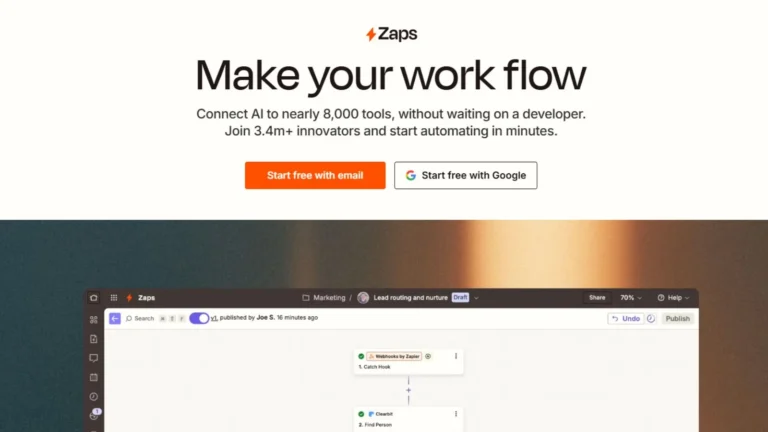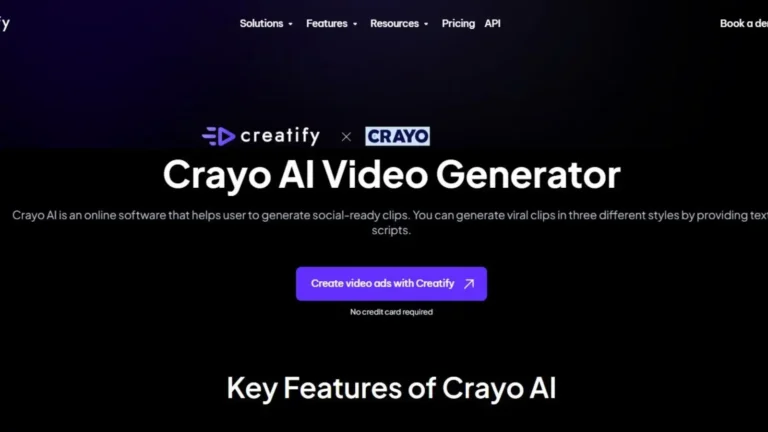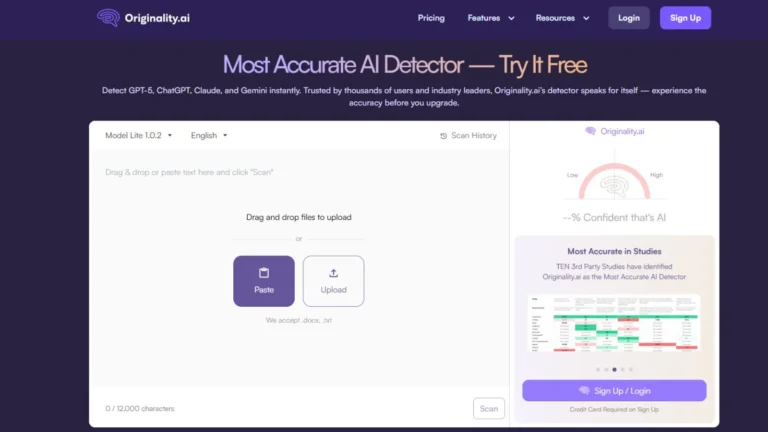Athina: Sophisticated AI Monitoring and Optimization for LLMs
The use of large language models (LLMs) in production environments is more than just generating accurate outputs; it demands constant monitoring, evaluation, and oversight in terms of safety, accuracy, and reliability. A leading-edge AI tool specifically tailored to address these needs is Athina, enhancing the reliability and safety of LLMs in production settings. Equipping teams to successfully deploy AI solutions with confidence and sustainability involves comprehensive features of monitoring, testing, and management of LLMs; this is what Athina does.
Core Functionality and Purpose
Athina has been designed with the complete understanding of the lifecycle of LLM, functionalities that range from prompt engineering and model evaluation to continuous monitoring. The heart of what the tool watches for about LLMs is to identify hallucinations, bias, and even more general forms of safety risk that can emerge in AI-driven interaction. These are obligatory toward ensuring only the accurate and contextually proper output reaches the hands of an end-user, especially a production setting where reliable and ethically good AI behavior really matters.
The nature of Athina as an holistic platform encompasses the life cycle of an LLM and streamlines tasks among teams so that continuous improvement can happen in an environment. A key asset for teams willing to deploy AI solutions in which confidence is very high, Athina is essentially bringing together advanced monitoring and evaluation under a single and unified platform.
Key Features of Athina
Athina is a widely flexible tool set to fit the needs of LLM management, as the next section describes some of its critical features, making Athina an optimal tool for businesses and development teams:
1. Wide Library of Evaluation Metrics
The primary feature of Athina’s functionality is the library of evaluation metrics. More than 40 built-in evaluation metrics will be available, aimed at checking in on as many different facets of model performance as possible. These metrics range from measuring accuracy and relevance in response to the potential presence of bias and hallucinations. Besides this, Athina allows users to specify custom evaluation metrics tailored for project-specific requirements. Further, the tool supports some of the most widely adopted open-source evaluation libraries. This makes it easy to tap into established best practices for evaluating AI models.
2. LLM Lifecycle Support
The feature is beyond monitoring – supporting the full LLM lifecycle makes Athina a comprehensive solution for AI model teams: From experimentation to final deployments, prompt engineering, model evaluation, and ongoing performance monitoring to end up with effective and optimal performance at the right times. She therefore advocates for centralizing the lifecycle management from a singular tool to guarantee efficiency in work and decrease large-scale cumbersome overhead related with AI’s activities.
3. Custom evaluation
This features allow them to run types of assessments targeted on specific datasets, then track their various performances on each time interval set and thus measure all within their various models. With custom assessments, users can look at how the model performs under different conditions, monitor the evolution of LLM behavior, and refine the model based on granular insights. This allows AI teams to adapt their assessments to the changing needs of each project, making them more accurate and relevant.
4. Enterprise-Grade Platform
It is developed on the concept of enterprise use. Thus, it will give organizations a self-hosted option that could be an entirely private environment for its operation and usage. Such self-hosting would keep data confined to the secure infrastructure of an organization and would come in handy when dealing with the high standards of privacy compliance of any industry.
It would also be provided with support for a GraphQL API to be used for doing programmatic access to Athina so the client can make use of integrating Athina inside existing workflows and to make pieces of the LLM management workflow automation possible. Furthermore, since Athina is LLM-agnostic, then it would, in a way, automatically work with any LLM, including such custom fine-tuned models, in this way allowing Athina to be put to work with such an incredibly large variety of applications.
Advantages to Using Athina:
This gives Athina a wide-ranging set of benefits in a single package that makes it an organization’s first choice to plan and deploy AI solutions confidently. Some of the main advantages of this advanced AI monitoring and management tool are:
Robust Monitoring and Evaluation: In other words, the biggest strength of Athina lies in its discovery and mitigation ability concerning hallucinations, bias, and safety risks in the LLMs. The detection of such undesirable outputs early on helps the organizations to deliver only quality-technically appropriate responses to end-users while minimizing the potential risks in AI deployment.
Flexible and LLM Agnostic: Athina’s compatibility with any LLM makes it a flexible solution for organizations with diverse AI needs. This can range from the use of pre-trained models to custom fine-tuned LLMs; Athina then adapts to the different configuration and gives consistent support across varied applications.
Comprehensive Evaluation Tools: It has more than 40 preset metrics as well as the ability to develop custom evaluations. Such tools give organizations the ability to analyze a wide range of aspects relating to model performance and adjust the models to optimize results based on specific use cases that may be related to language quality generation, safety compliance, and more.
The service that comes with User and Team Support is designed for the working group, and one finds ready-to-use prompts at all times, supports users to engage within various multiple users, and accommodates role-based access control. All these aspects let a person effectively manage their team by clearly setting a line of access and responsibilities.
Complexity for the Naive
For someone or a group with no prior experience with large language models, Athina is intimidating with all its features and options-it takes time to learn the intricacies of the advanced functionalities of this tool.
Potential Overhead for Small Projects: Athina is robust and enterprise-grade and might be overkill for small, simple projects. Teams with modest AI applications may see unnecessary overhead, cost-wise and operationally, in Athina’s comprehensive feature set.
Learning Curve: The full usage of Athina would require users to learn its advanced settings and functionalities. Although the platform offers great support, teams may have to spend a lot of time learning about the tool’s full potential, especially if they wish to use all the features of monitoring and evaluation.
Why Choose Athina?
Advanced monitoring and evaluation tools ensure that Athina is the default choice for those organizations seeking the deployment of AI solutions with confidence and control. It’s quite versatile, having a powerful suite of features for lifecycle management, equipping teams to meet the challenges that LLM deployment into production environments entail. Focus on the basic tenets of reliability, safety, and accuracy ensure that, through Athina, the organization brings innovative AI applications to market and that their outputs are always ethical, accurate, and secure.
In an AI landscape where responsible and reliable AI is increasingly critical, Athina stands out as a comprehensive platform that addresses the core challenges of LLM deployment. Its capabilities extend beyond traditional monitoring, enabling teams to optimize and refine their models continually. Whether working with a standard model or a custom-tuned LLM, Athina provides the tools needed to maintain high standards and build AI solutions that inspire trust and confidence in their users.




